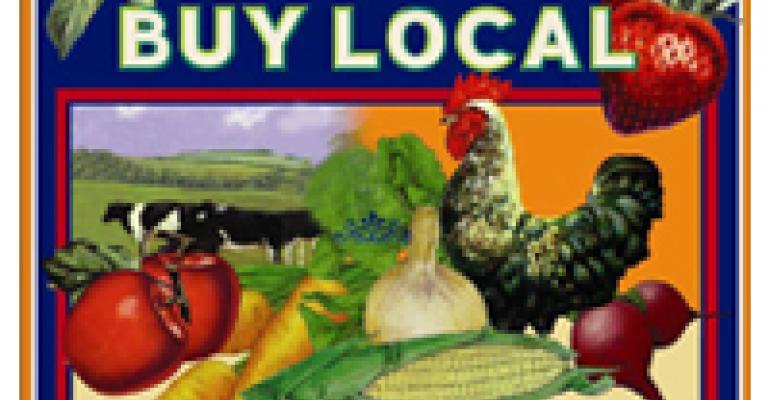
The farm-to-table movement is all about sustainability, but buying ingredients from local farmers and ranchers might sustain your restaurant, too. That’s the key takeaway from a new study that found customers perceive sustainably sourced food as fresher and higher in quality—and will pay a premium to eat it.
Restaurant customers didn’t just tell a survey taker they’d pay extra for locally grown food. It’s how 322 of them spent their money in a real restaurant during an experiment conducted by Amit Sharma, assistant professor in the School of Hospitality at Penn State University. His study analyzed the choices these customers made in a moderately priced student–run restaurant located in the Midwest.
The first part of the experiment saw the restaurant price locally sourced and non-local menu items the same—$5.50 apiece. Customers demonstrated no preference either way when the cost of these two options was identical.
The pricing structure changed in part two of the study. The non-local food choices still went for $5.50, while the prices of items identified as locally grown were raised to $6.50—an 18 percent premium. In this setup, the majority of customers chose the more costly local items.
A third trial saw the price of local food items raised to $7.50, a 36 percent boost. That was a premium customers wouldn’t pay. Most opted for the $5.50 non-local items instead.
“This was partly good news for restaurants,” Sharma says. “It shows that customers were willing to pay slightly more for a local dish, with the emphasis on ‘slightly.’”
Why would they do so? “The higher price of the local dish was an indicator of higher value,” he posits. “So, customers were comfortable with a slightly higher price for the local food.”
Does this indicate you should start sourcing more food directly from your area’s growers and ranchers and simply raise the menu prices of items that contain them? Sharma thinks it’s worth a shot. “If local foods are a natural fit for some of these restaurants, then it would definitely be a good strategy to price the food higher because there is an indication of value with fresh food,” he says.
The complete study was published in the fall/winter issue of the International Journal of Revenue Management. An abstract can be found at www.inderscience.com/offer.php?id=35955. You have to pay to read the full article, however.
You may be thinking, “This is just one study. How valuable can it be?” If so, consider two other data points that emerged within the past week.
The first suggests that the localness of food ingredients may indeed be a key component of the restaurant value equation. Market research firm Mintel found that 45 percent of sustainable food and drink users cite “a perceived belief in superior quality as the reason behind their purchases.”
This number is based on survey responses, not actual buying behavior in a restaurant. But it still shows which way the wind is blowing.
And that same wind is really blowing hard among the 153,000 restaurant lovers who participate in the Zagat Survey. Zagat’s 2010 edition of America’s Top Restaurants guide makes this observation: “When it comes to healthy dining, 68 percent of surveyors say it is important that the food they eat is locally sourced, organic or sustainably raised.” More importantly, “60 percent say they are even willing to pay more for it. Moreover, 31 percent seek out restaurants specializing in such ‘green’ cuisine.”
We’re not saying you should necessarily source some of your restaurant’s ingredients locally. But when there’s a large number of patrons who look for restaurants that serve them and are then willing to pay more to eat them, it seems like an unmistakable signal to us. How about you?





